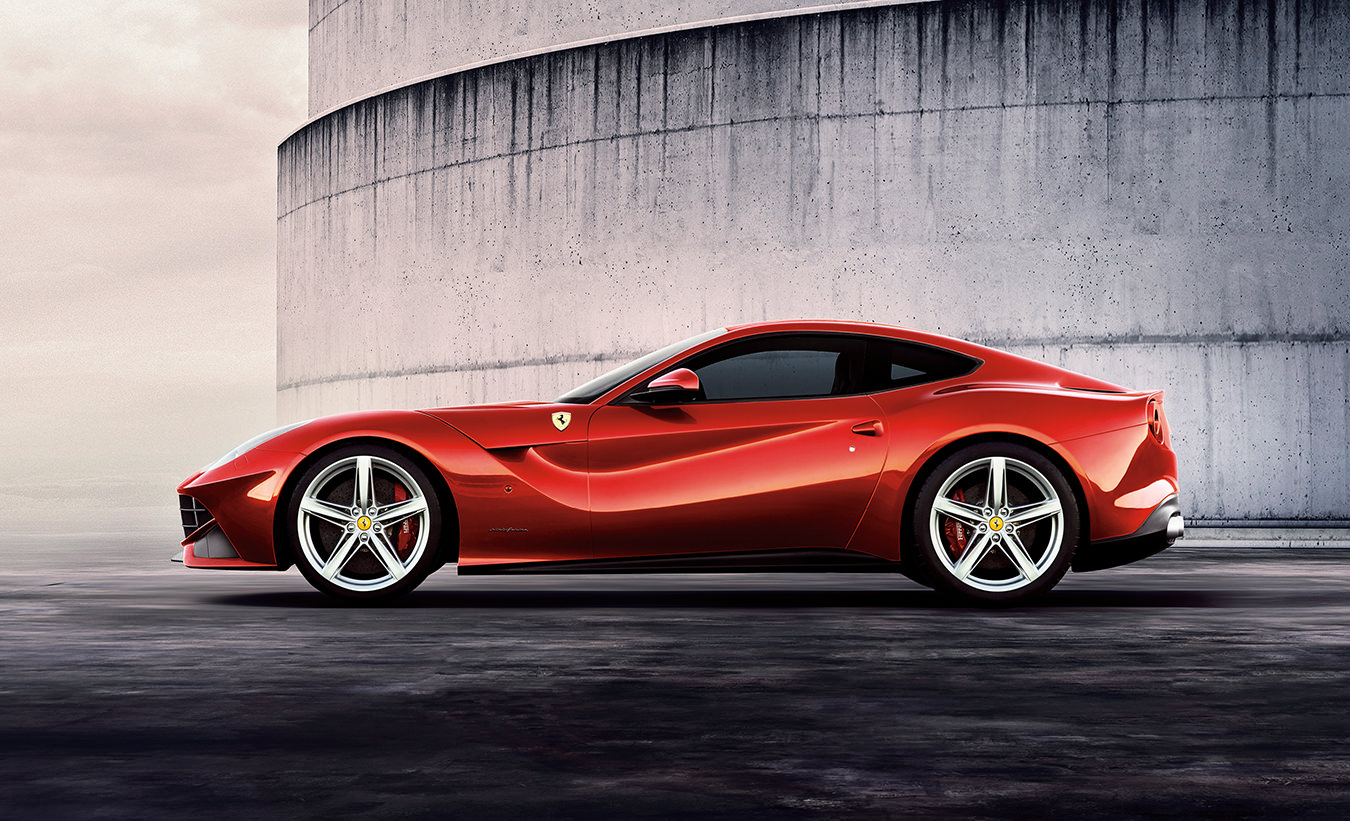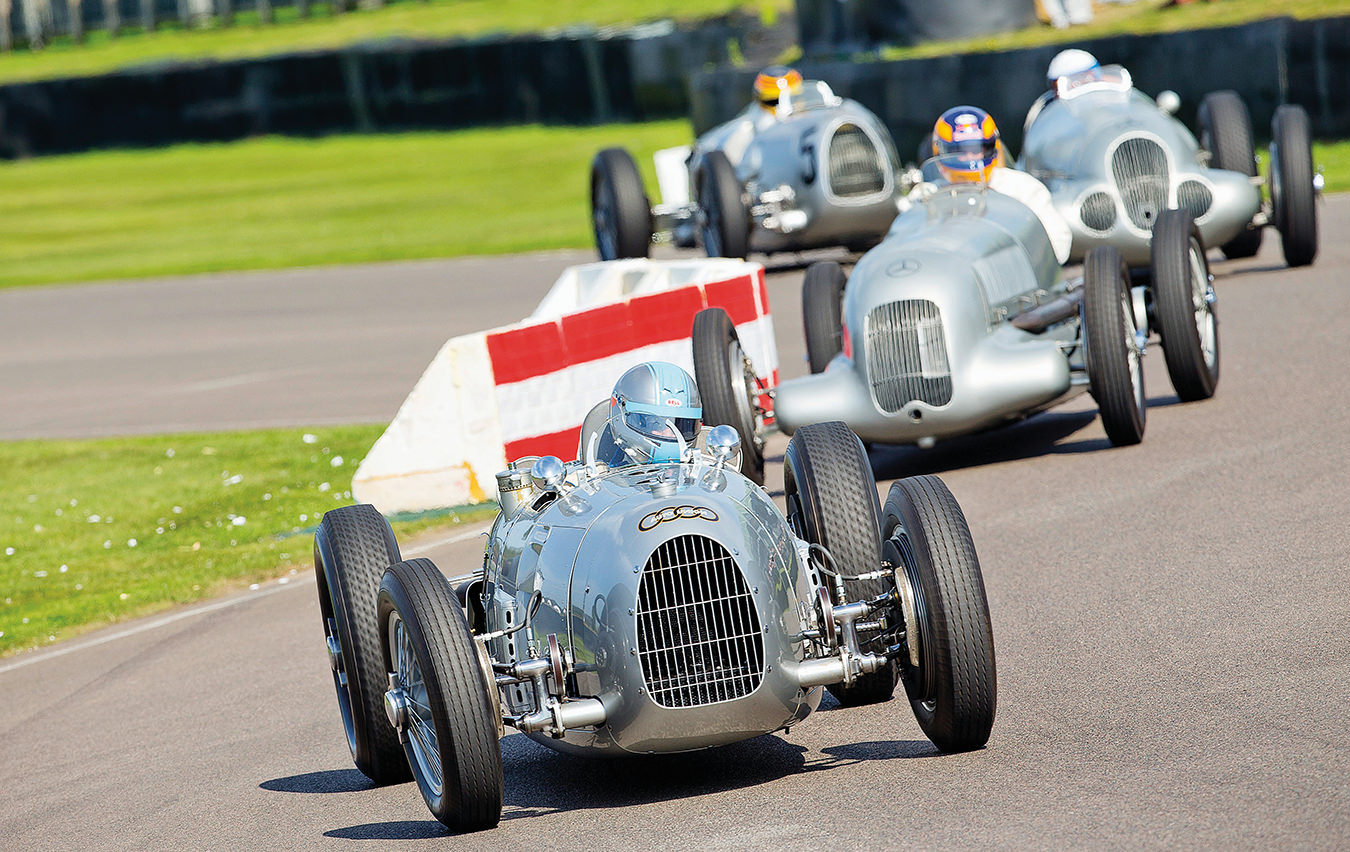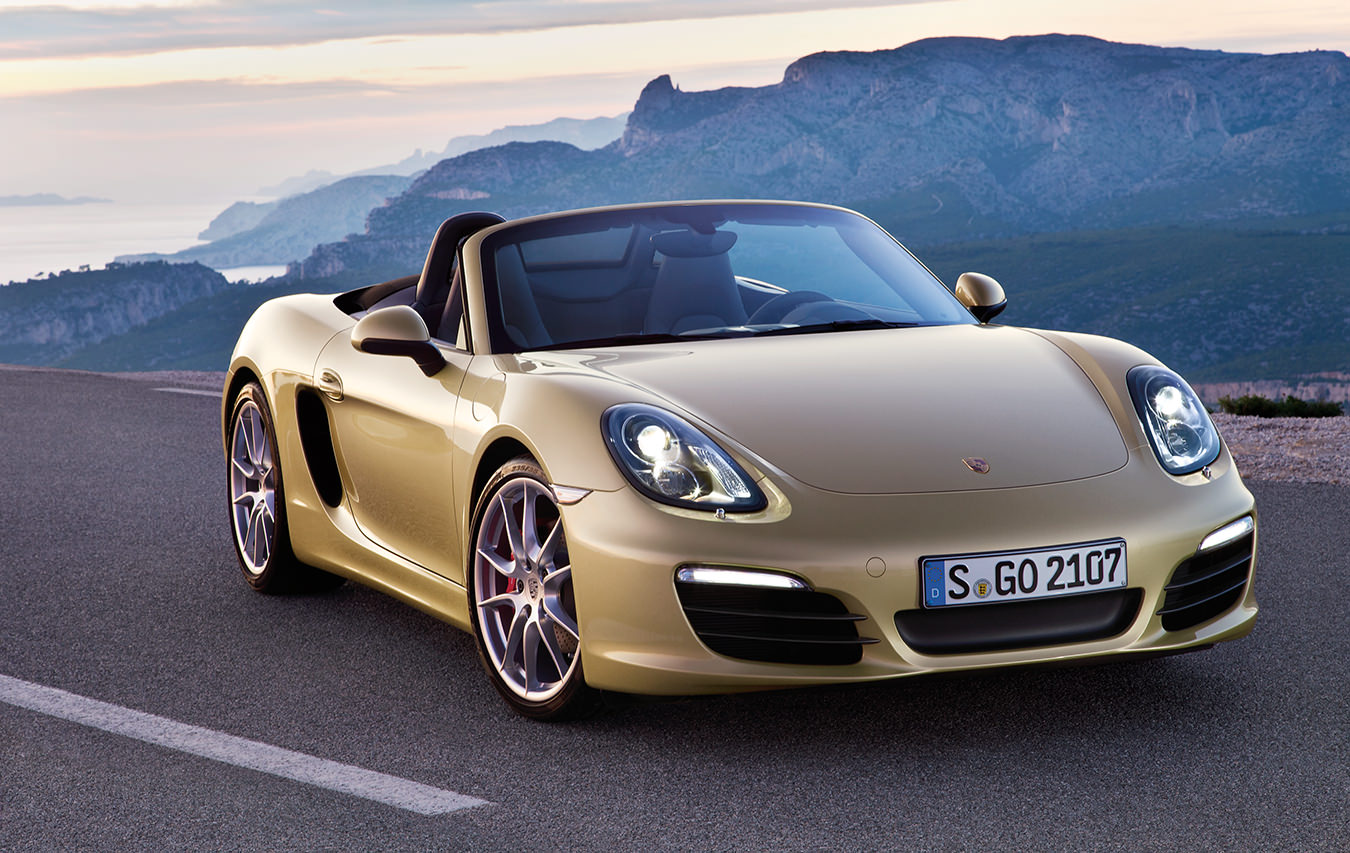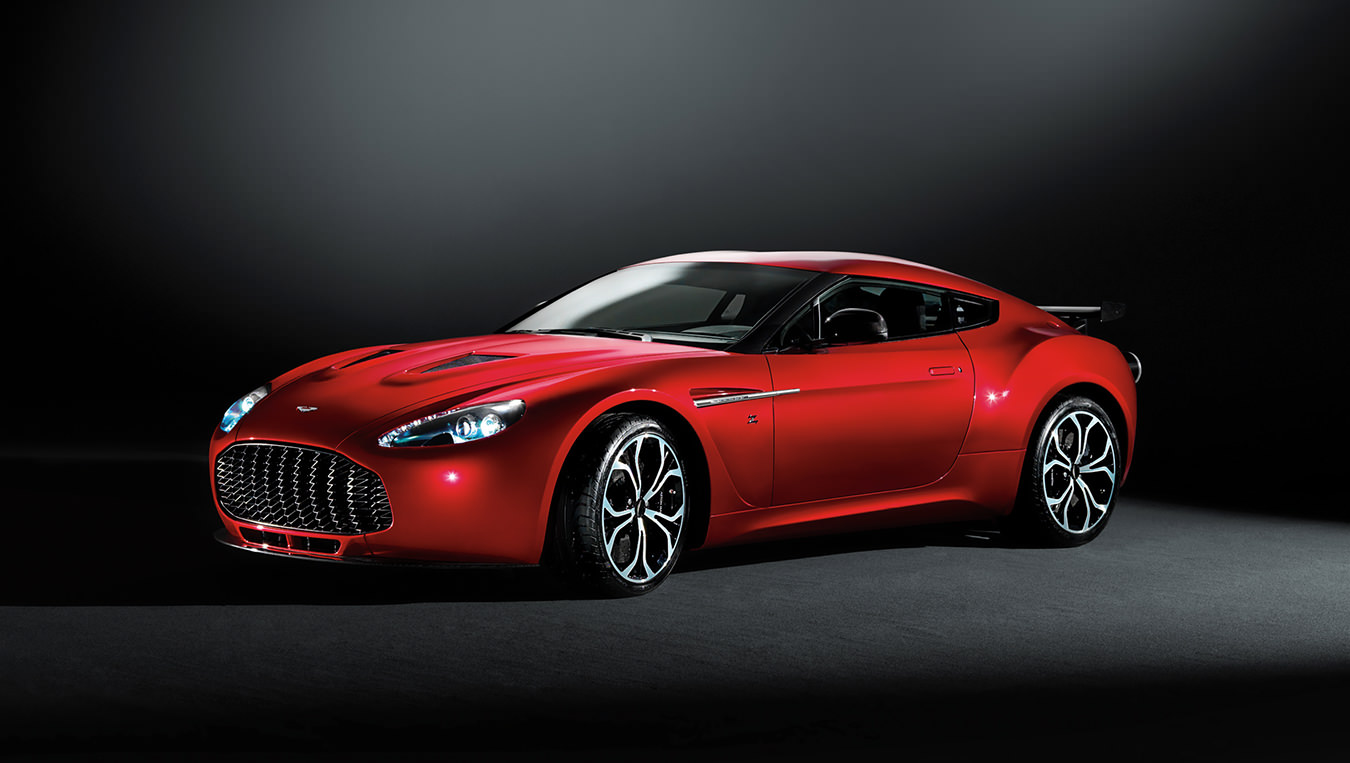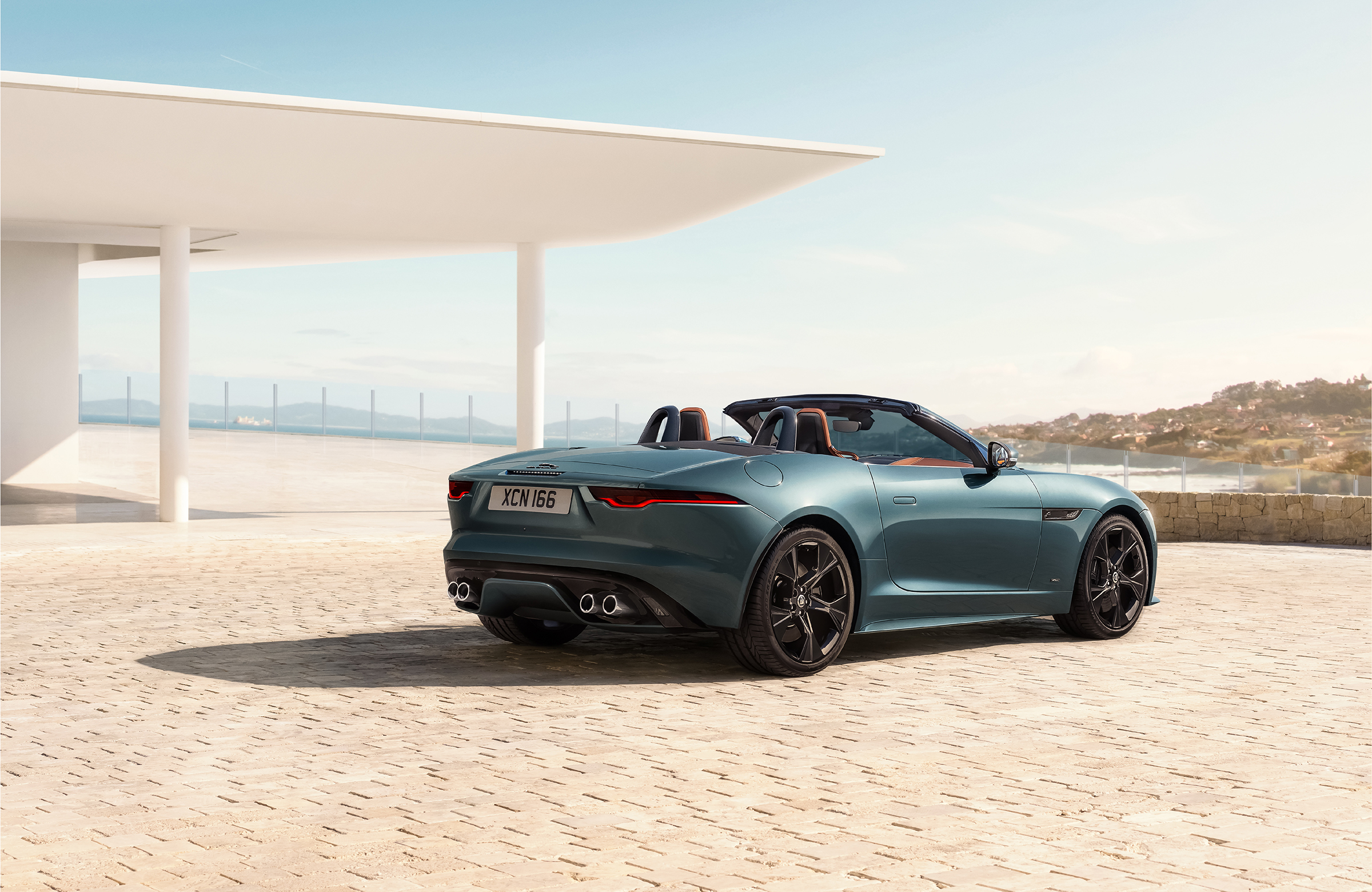
Jaguar’s Final V8 Sports Car
The special edition F-Type 75.
Clouds loom overhead along the coast of Monaco, threatening a downpour as I buckle up and adjust my seat and mirror. I poke the ignition button of the 2024 Jaguar F-Type 75 convertible, and the eight-cylinder engine roars to life. Maybe it will scare off the weather gods. One of the prettiest cars on the road today, it would be a shame to flip the roof up on this droptop. Not only would I rob other motorists of the F-Type convertible’s sleek profile, but I’d also miss out on the epic voice of the car’s exhaust note echoing off the landscape.
Gorgeous cars are everywhere in Monaco, but this one still turns heads and drops jaws. The F-Type convertible debuted in 2013 and immediately won the World Car Design of the Year award, among other honours from the automotive industry. The 2015 model gained an even more attractive coupe variant along with a selection of heart-pumping powertrains. But things change over 10 years, especially in the world of sports cars, and Jaguar is facing a future full of challenges. The lovely V8 motors that made the F-Type so appealing have been vilified around the globe, pushing automakers to abandon environmentally unfriendly yet entertaining engines. The 2024 Jaguar F-Type 75 models are a victory lap, a last hurrah for the era, as Jaguar looks ahead to the electrified future. The 75 in the name signifies how long Jaguar has been making sports cars and feels like a guarantee from the company that it’s not forgetting this legacy of performance and style.
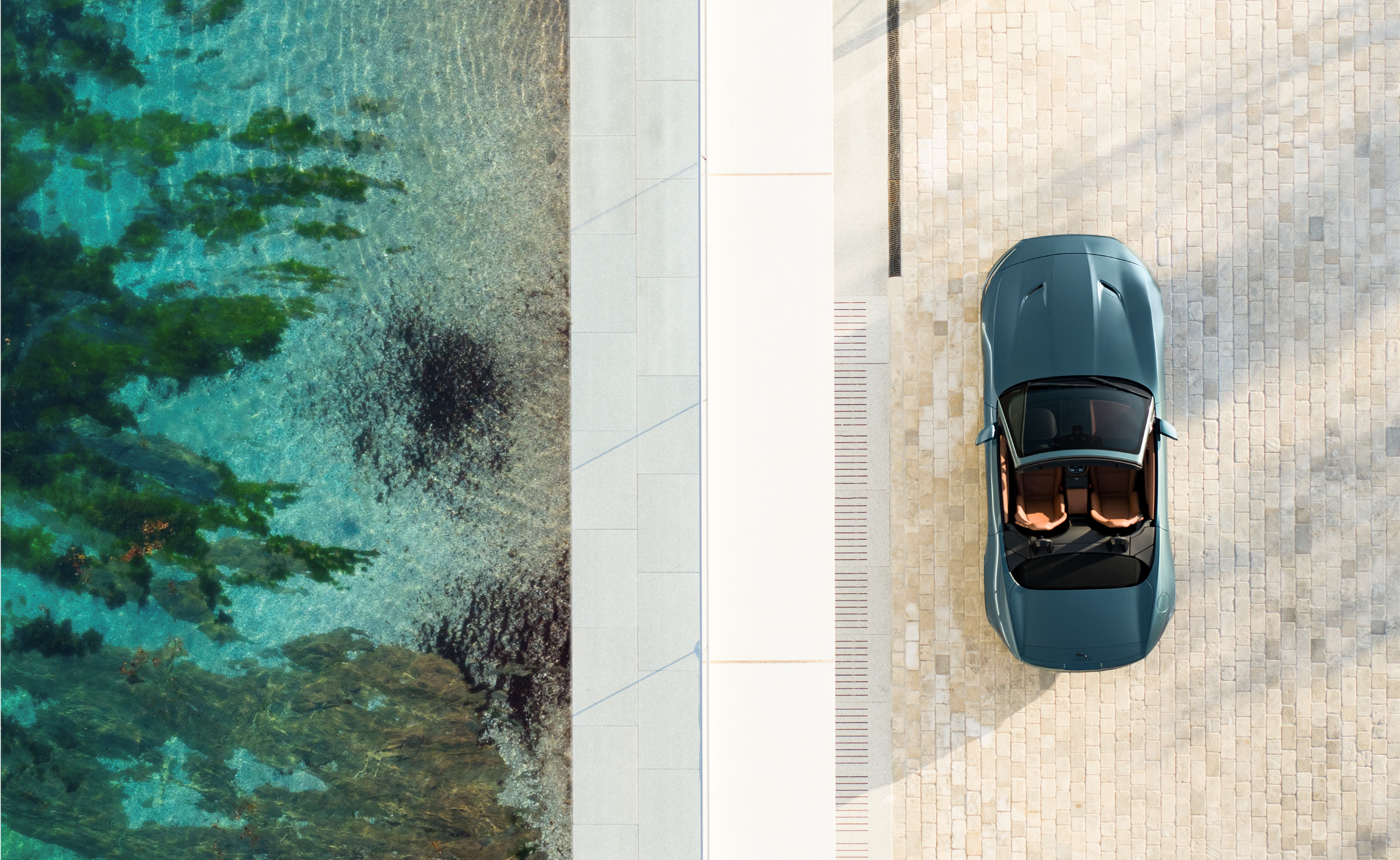
My convertible is adorned in the metallic Giola Green paint finish, exclusive to these 75 models. While buyers can pick from a spectrum of finishes, this shimmering hue is hard to ignore. Stealthy-looking blacked-out badges in the grille and trunk maintain a sleek look. With the top down, I can dawdle around town, hearing the gasps and adoring comments from pedestrians who turn their heads to glance at the Jaguar. The cabin feels a bit dated compared to modern sports cars, as it features a relatively small infotainment screen and omits such niceties as a head-up display, but I appreciate the tactile simplicity of all the buttons and dials.
The F-Type is motivated by a supercharged 5.0-litre V8 engine that makes 444 horsepower and 428 lb-ft of torque. Bury the gas pedal, and the car will blast off to 100 kilometres per hour in 4.6 seconds. If that’s too slow, you can get even more power from these special editions, as F-Type R 75 models feature a 575-horsepower motor and can rocket to highway speeds in 3.7 seconds.
The sun starts to peek out from behind the clouds, and the digital dash flashes red as I enable the sportiest settings and the car hastily takes off to the first switchback on the mountain road. The large brakes bring the droptop to saner speeds as the tight turns approach, and the 20-inch tires keep their grip.
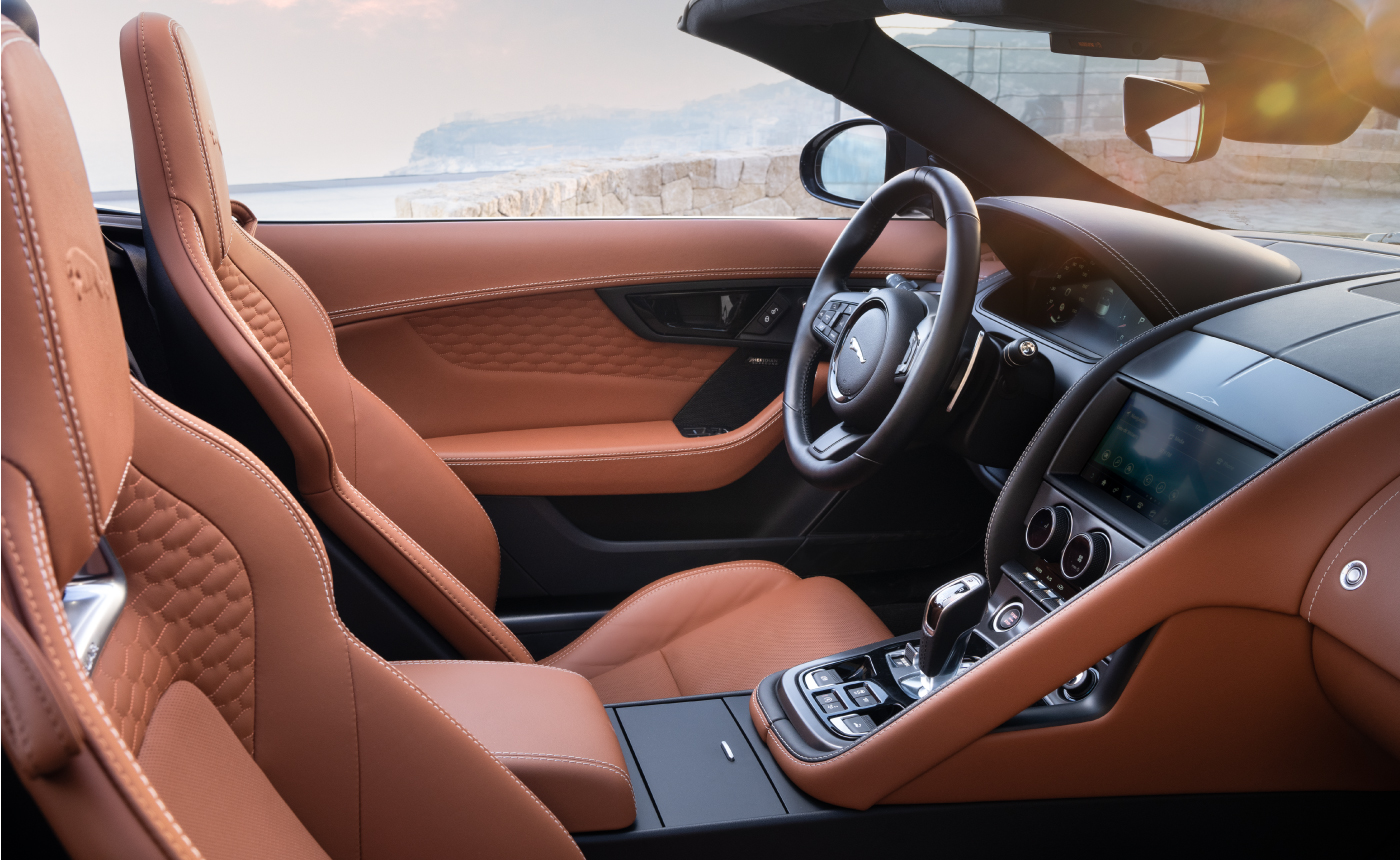
The 2024 Jaguar F-Type 75 models are a victory lap, a last hurrah for the V8-engine era, as Jaguar looks ahead to the electrified future.
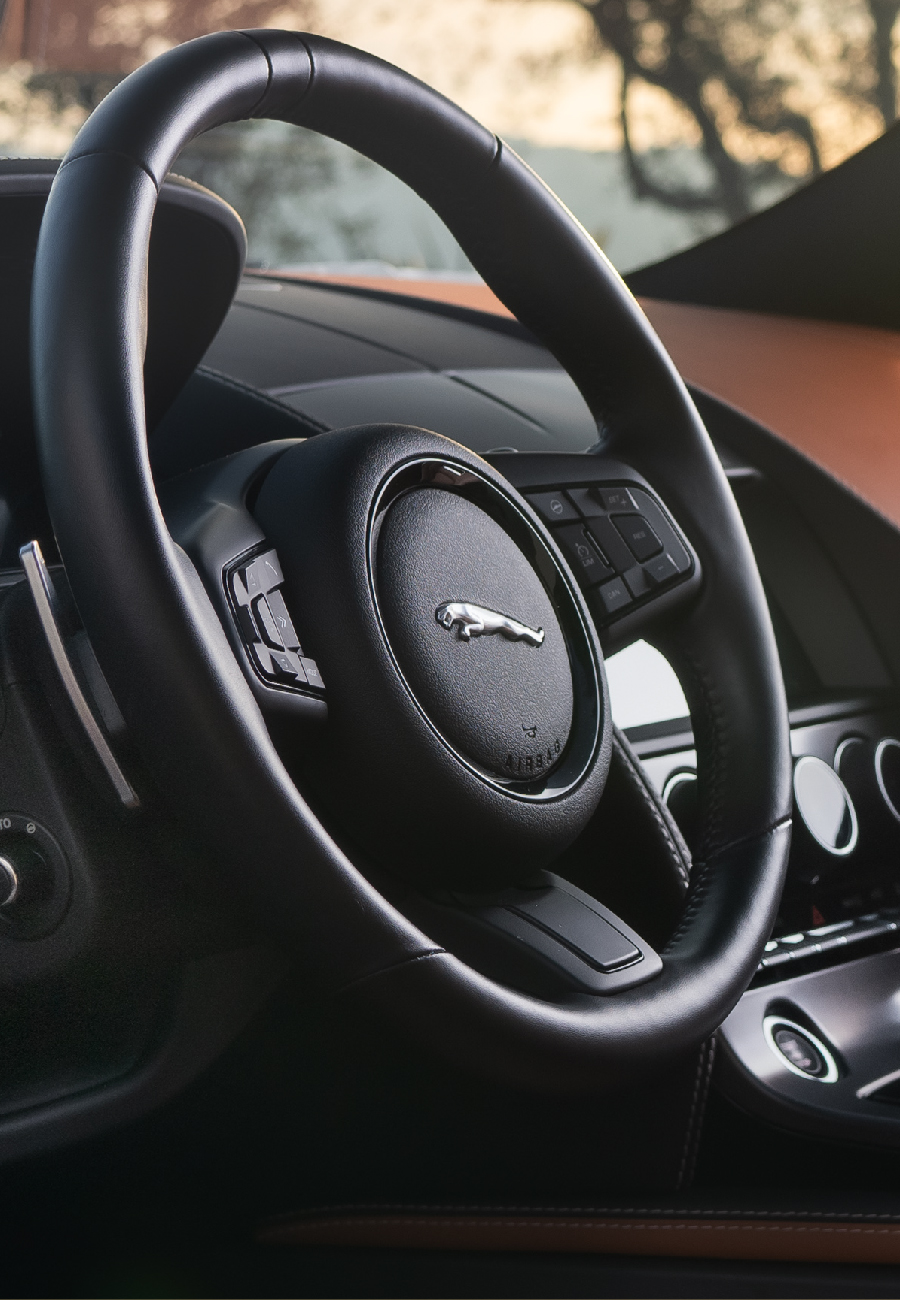
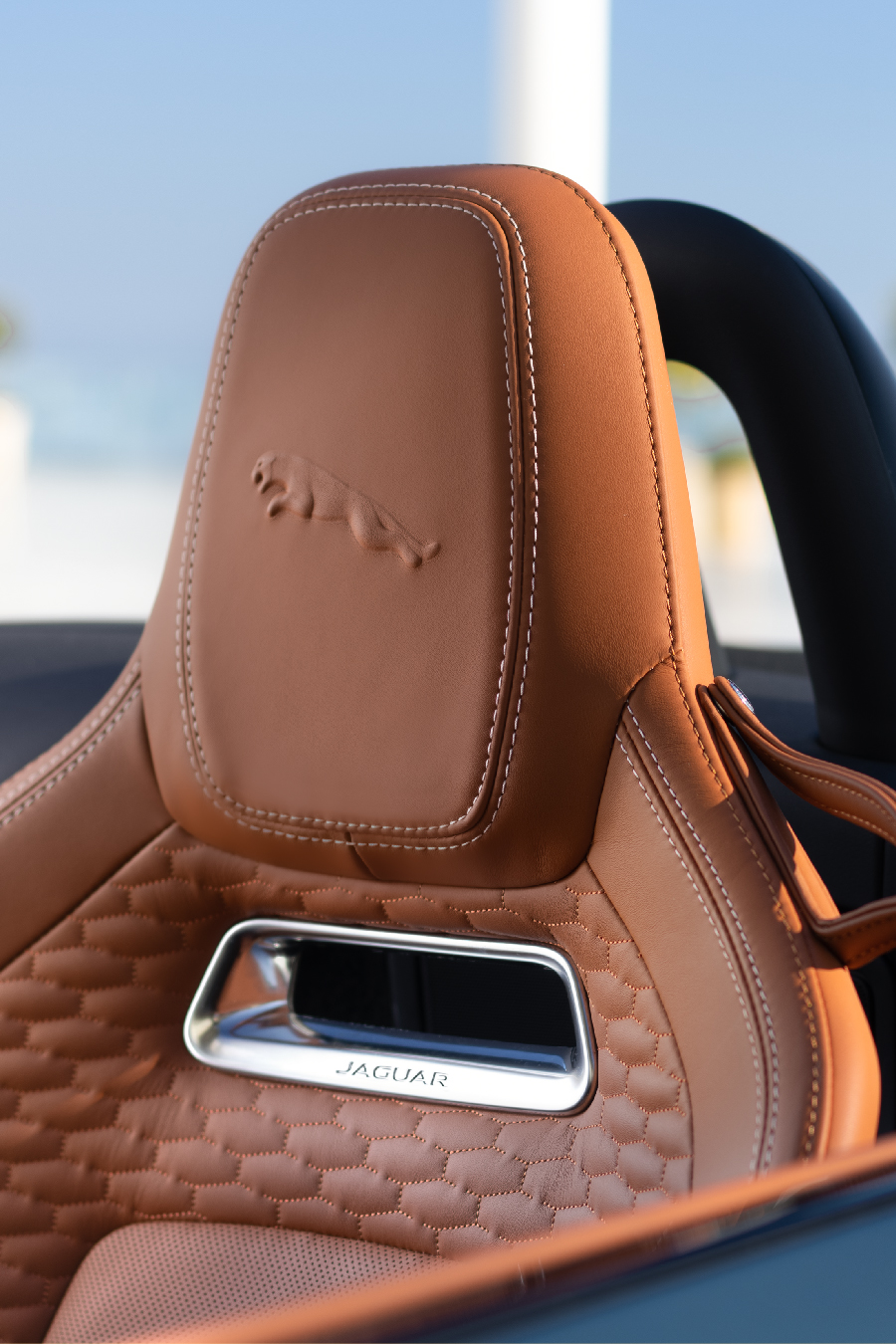
When the roads get tamer, I turn around and do the route back up the hill. The Jaguar strikes a balance of being scary fast yet confidence-inspiring when you want to take things slow. And fortunately, the adaptive suspension helps the car feel comfortable at low speeds, handy given all the speed bumps around Monaco.
The 1948 Jaguar XK120 was Jaguar’s first official sports car, with a seductive all-aluminum body. The XK120 is incredibly desirable due to its pedigree and handcrafted curves. The 120 in the name comes from the car’s top speed in miles per hour, which made it the fastest production car when it hit the road in the late 1940s. It put Jaguar on the map 75 years ago, but its success at rallies and races further established it in sports car history. The 3.4-litre straight-six engine in the XK120 puts out just 160 horsepower, but like the F-Type, the motor is an angry-sounding mill with a mean, audible rasp between gear changes. Though 75 years separate the XK120 from the new F-Type 75, you can hear the family resemblance.
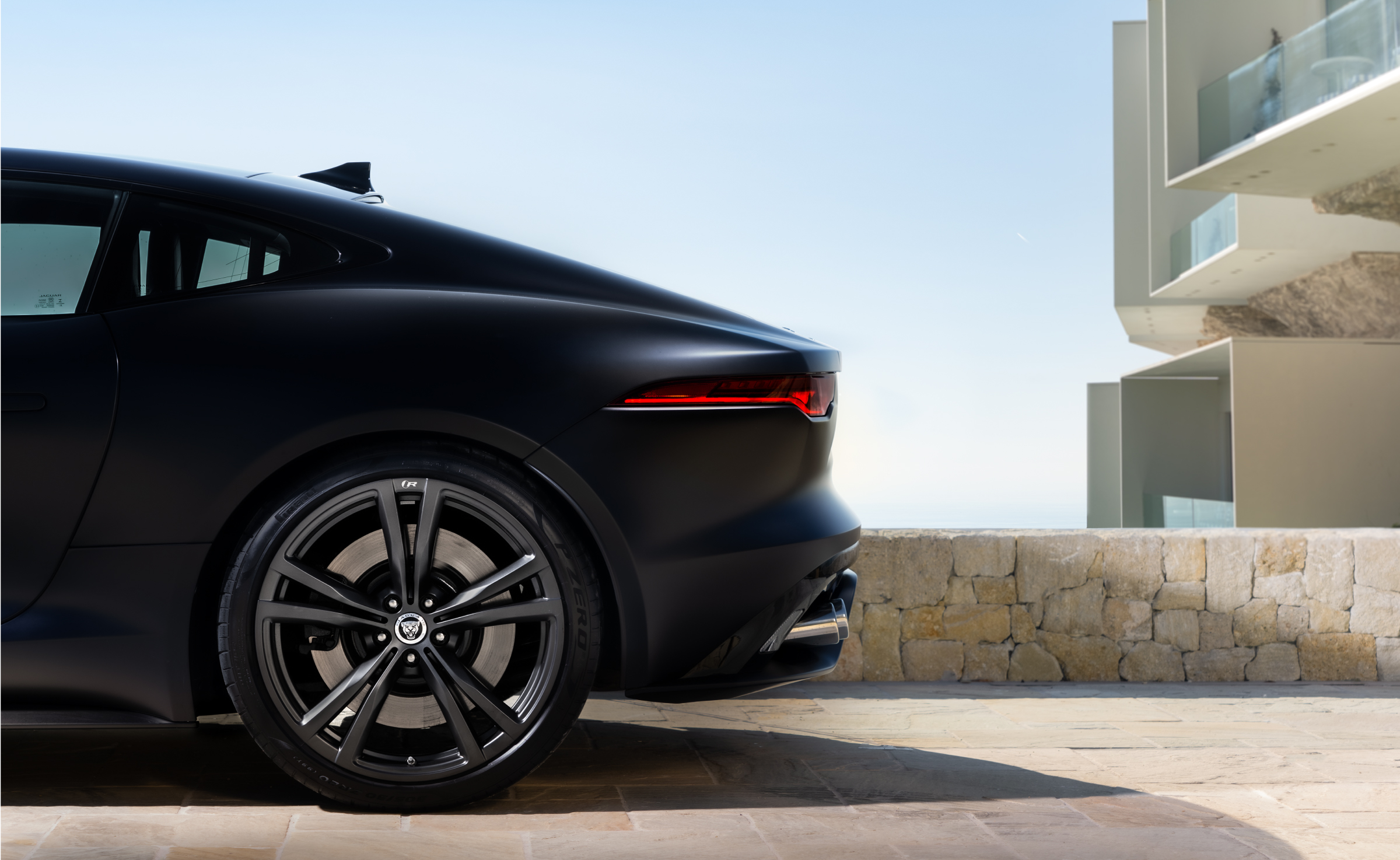
The XK120 was a record holder and won several races and rallies in its day, while the E-Type took the automaker’s motorsport lessons and paired them with a gorgeous design that helped cement the brand as a status symbol. Jaguar has been racing these open-wheel formula cars since 2016, with its best result when it finished second in the 2020–21 season. Formula E participation is an important experience, suggesting upcoming vehicles will boast clever battery management software and solutions for a more refined consumer product. Although there’s just one all-electric car in Jaguar’s portfolio (the I-Pace SUV), the brand says its future lineup will be completely electrified by 2025. However, that’s a promise for the future of Jaguar. For now, I can’t help but jump back into the 2024 F-Type 75 and pump its epic V8 soundtrack while I can. 

